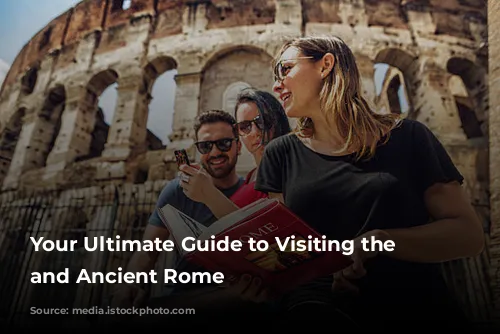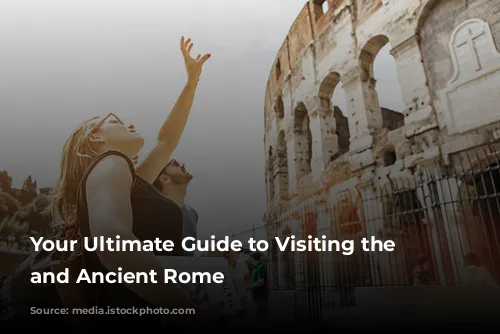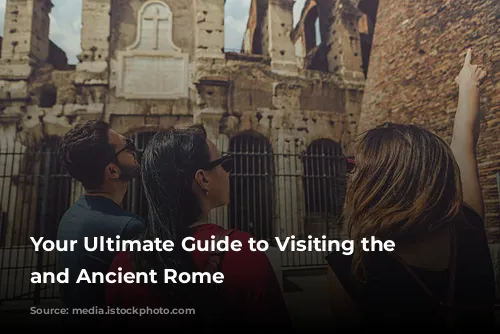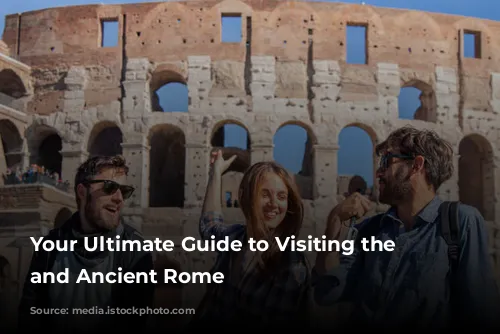Embark on a journey through time to one of the most iconic and awe-inspiring structures in the world! This comprehensive guide will equip you with all the essential information to plan your visit to the Colosseum and explore the fascinating remnants of Ancient Rome.
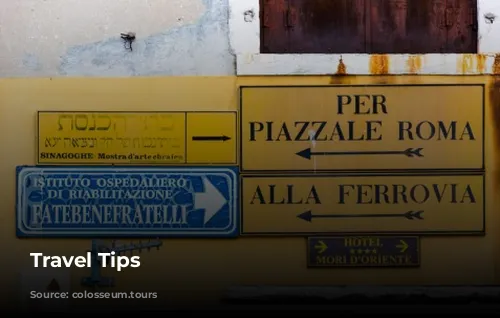
Visiting the Colosseum: Essential Information
Before you set foot inside the Colosseum, it’s helpful to be aware of some key rules and recommendations:
-
Know the opening hours and avoid bringing prohibited items:
- January 2 to February 15: 8:30 AM – 3:30 PM
- February 16 to March 15: 8:30 AM – 4:00 PM
- March 16 to last Saturday of March: 8:30 AM – 4:30 PM
- Last Sunday of March to August 31: 8:30 AM – 6:15 PM
- September 1 to September 30: 8:30 AM – 6:00 PM
- October 1 to last Saturday of October: 8:30 AM – 5:30 PM
- Last Sunday of October to December 31: 8:30 AM – 3:30 PM
Prohibited items:
* Large bags/backpacks or any wheeled/roller bags
* Glass containers/bottles
* Weapons (including pocket knives)
* Aerosol sprays -
Plan Ahead: Book tickets in advance to avoid long lines and ensure entry to this iconic attraction. Purchasing tickets beforehand allows you to secure your preferred date and time slot, making your visit smooth and efficient. Booking in advance often grants you skip-the-line access, so you can bypass queues and maximize your time exploring the Colosseum and its surroundings.

A Journey Through Time: Exploring the Colosseum and Ancient Rome
-
Immerse yourself in history: The Colosseum stands as a testament to the grandeur and engineering prowess of the ancient Romans. Built around 70-80 AD by Emperor Vespasian of the Flavian dynasty, this massive amphitheater hosted gladiatorial combats, animal hunts, and even mock naval battles. Its capacity was staggering, holding up to 80,000 spectators.
-
Marvel at the architectural wonder: The Colosseum’s design is impressive, showcasing ancient Roman ingenuity. It is a large oval-shaped structure with four levels, standing approximately 48 meters tall. Constructed using limestone, concrete, and bricks, it features three tiers of arches adorned with distinct types of columns. The lower tier boasts Doric columns, the middle tier features Ionic columns, and the upper tier showcases Corinthian columns. With ramps, stairs, and tunnels, the Colosseum facilitated easy movement for people and animals during events. This clever design ensured efficient entry and exit for spectators, as well as seamless staging of spectacles, highlighting the Romans’ architectural mastery.
-
Witness the Colosseum at night: As the sun sets, the Colosseum transforms into a majestic sight, illuminated against the dark sky. This captivating spectacle reminds us of its thrilling history. People are drawn to its beauty and the peaceful atmosphere that envelops it. Viewing the Colosseum at night offers a magical experience, connecting us to the rich past of ancient Rome.
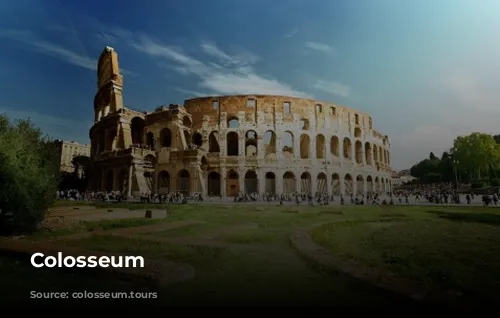
Unveiling Rome’s Flavors and Culture
-
Savour authentic Roman cuisine: While Rome boasts upscale dining options, street food offers a true taste of the city. Seek out spots frequented by locals for delicious and high-quality fare.
-
Understanding Italian customs: Many restaurants in Rome automatically include a service charge on the bill. However, if you are exceptionally pleased with the service or if the bill doesn’t include a service charge, it’s customary to leave a 10% tip.
-
Explore Rome’s charming streets in comfort: Wearing comfortable shoes is crucial for exploring Rome’s charming streets and historical sites without discomfort. With countless attractions to discover on foot, comfortable footwear ensures you can fully appreciate the city’s wonders.
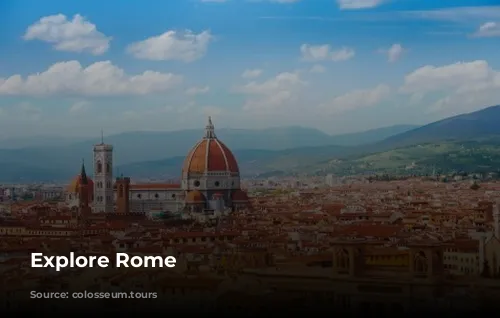
Unveiling Ancient Rome with a Guided Tour
-
Join a small group tour: Explore the highlights of Ancient Rome with a friendly and knowledgeable guide in a small group setting.
- Begin at the impressive Colosseum, learning about its architecture and the Roman’s passion for games.
- Step onto the arena floor where gladiators once battled.
- Journey to Palatine Hill, the oldest part of Rome, where Emperors once resided in grand homes.
- Wander among the ruins, soaking in the serene surroundings and breathtaking views.
- Descend into the Roman Forum, walking along ancient roads and marveling at temples, offices, and the senate building.
-
Enjoy the benefits of a guided tour:
- Avoid waiting in line
- Gain valuable historical insights
- Marvel at the Colosseum and Ancient City with the guidance of a knowledgeable local tour guide.
-
Experience the grandeur of history: Discover the rich history of these famous landmarks with your knowledgeable guide. Experience the grandeur of the Colosseum as you admire its impressive structure and learn about its past, including damage from earthquakes. Then, climb Palatine Hill to witness amazing views and visit old ruins like the House of Augustus. Delve into the Roman Forum, once bustling with political activity and speeches. Marvel at architectural wonders like the Temple of Romulus. Throughout the tour, listen to captivating stories that offer fascinating insights into the history of Rome.
-
Personalize your tour: Experience the Colosseum and Roman Forum in a personalized and unforgettable way. A friendly and professional tour guide will tailor your tour to your preferences. Explore the highlights of the Colosseum and Ancient Rome according to your interests and needs. Booking this tour ensures you bypass the crowds and enjoy a private entrance to the magnificent Colosseum.
-
Discover hidden gems: After meeting your guide at Trajan’s Column, you’ll take a short walk through the Imperial Forum before entering the famous Roman Forum. Once you’re in the archaeological site, your private guide will point out the most famous monuments, as well as the hidden gems that are often missed in larger tours.
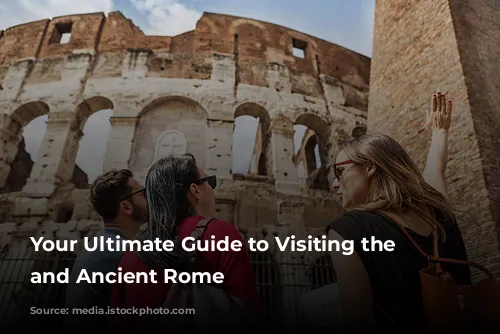
Exploring the Vatican City
-
Experience the heart of the Catholic faith: Visiting the Vatican in Rome is a must for its rich historical and spiritual significance. Housing the Pope and the Roman Catholic Church, it’s a centre of global reverence.
-
Immerse yourself in art and history: The Vatican Museums showcase a vast array of artistic treasures, including iconic works by Michelangelo and Raphael. The Sistine Chapel’s mesmerizing frescoes, particularly Michelangelo’s masterpiece on its ceiling, leave visitors spellbound.
-
Witness architectural brilliance: St. Peter’s Basilica, with its awe-inspiring architecture and religious significance, is equally captivating.

Embracing Rome’s Vibrant Neighborhoods
-
Experience the charm of Trastevere: Nestled in the heart of Rome, neighborhoods like Trastevere and Monti offer visitors an authentic glimpse into the city’s vibrant life and rich history. Trastevere, with its narrow cobblestone streets and colourful buildings, exudes a bohemian charm. This area is renowned for its bustling piazzas, lively trattorias, and vibrant nightlife.
-
Explore the eclectic Monti: Monti, on the other hand, presents a more eclectic ambiance, blending ancient ruins with trendy boutiques and artisanal shops. Its labyrinthine alleys lead to hidden gems, quaint cafes, and artisan workshops, making it a haven for artists and creatives. Both neighbourhoods boast picturesque squares where locals gather, creating a lively atmosphere perfect for leisurely strolls.
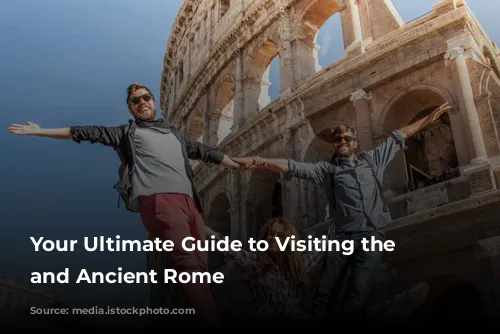
Free Admission on the First Sunday of the Month
Every first Sunday of the month in Rome, entry to state-owned museums, galleries, parks, and some archaeological sites is free. Since it’s the busiest day of the month, consider arriving early.
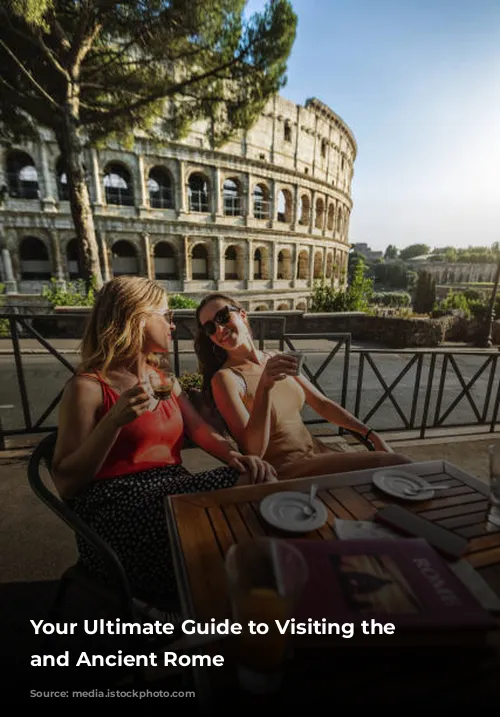
The Colosseum: A Symbol of Ancient Rome
The Colosseum is the most visited and undoubtedly the most popular monument in Rome, indeed in all of Italy. It stands as the icon of the ancient Roman Empire and of the modern city today, much like the Eiffel Tower in Paris. In its day, it was a symbol of prestige and the power, might, and (savagery) of the ancient Romans.

